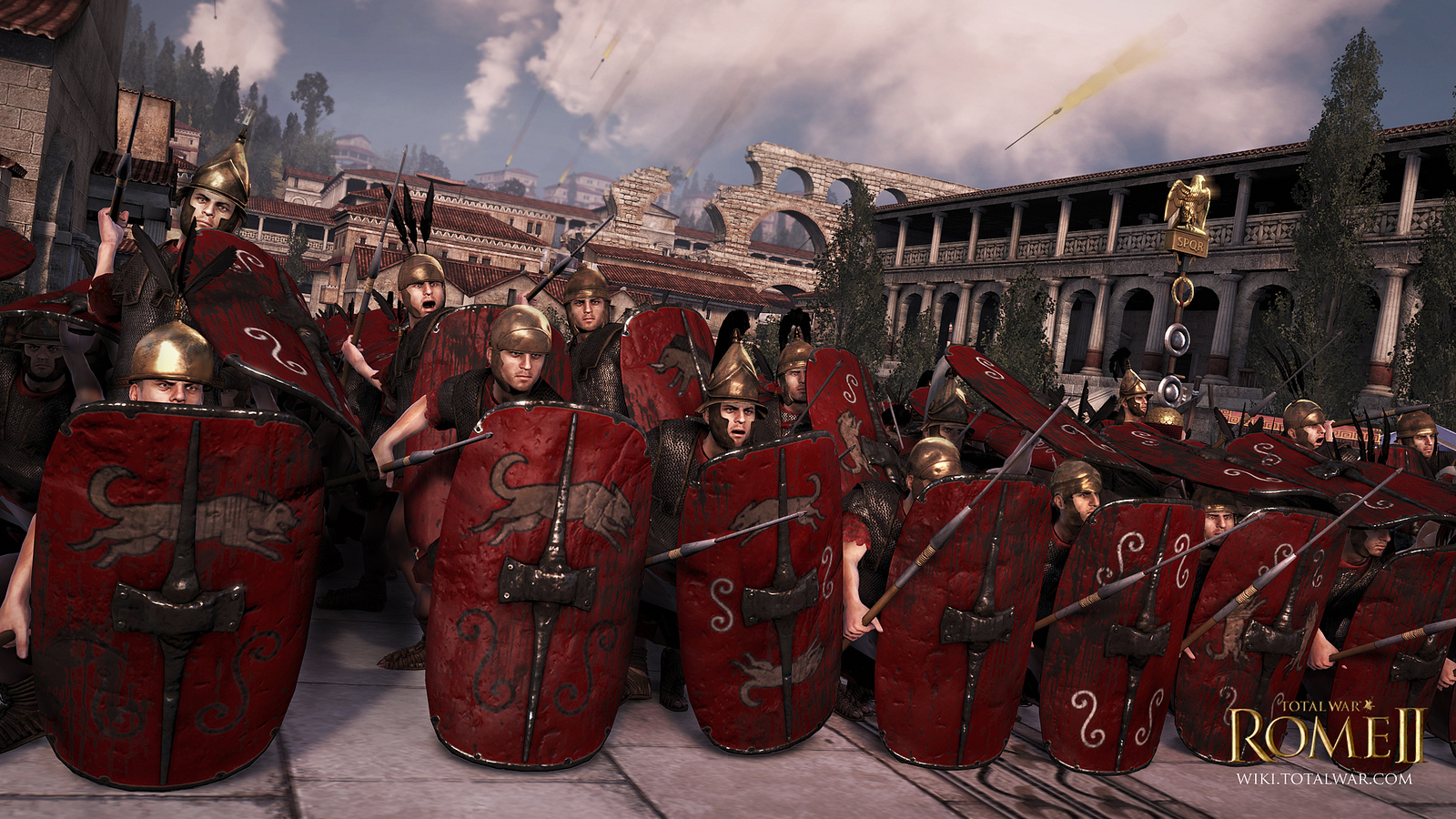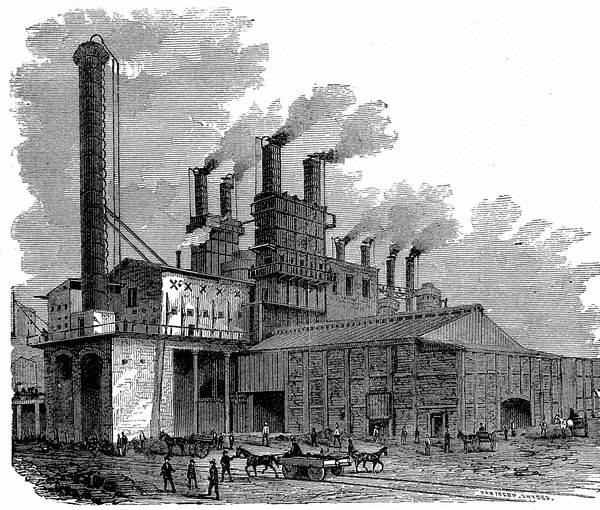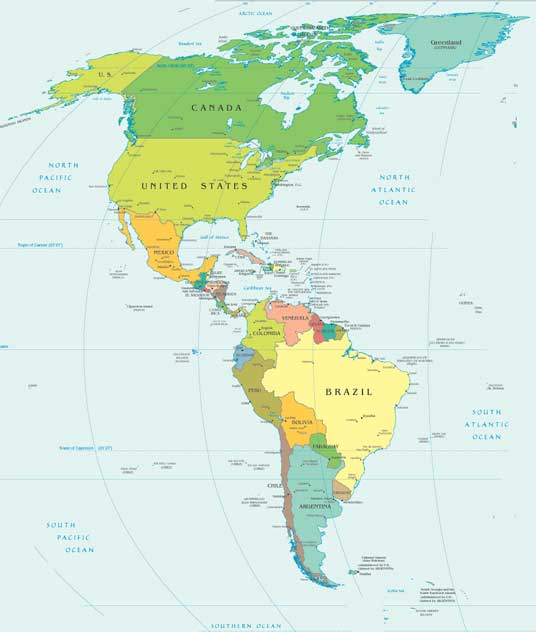History of latin america
Data: 2.09.2018 / Rating: 4.7 / Views: 907Gallery of Video:
Gallery of Images:
History of latin america
The posters included in this collection were created by a wide variety of social activists, nongovernmental organizations, government agencies, political parties, and other types of organizations across Latin America, in order to publicize their views, positions, agendas, policies, events, and. HISTORY pertenece a la familia de AE Networks Latinoamerica, y comparte sus valores, as como su Misin y Visin. HISTORY pertenece a la familia de AE Networks Latinoamerica, y comparte sus valores, as como su Misin y Visin. About The Penguin History of Latin America. Now fully updated to 2009, this acclaimed history of Latin America tells its turbulent story from Columbus to Chavez. Beginning with the Spanish and Portugese conquests of the New World, it takes in centuries of upheaval, revolution and modernization up to the present day, looking in detail at Argentina, Mexico, Brazil, Chile and Cuba, and gives an. History of Latin America The independence of Latin America: After three centuries of colonial rule, independence came rather suddenly to most of Spanish and Portuguese America. Between 1808 and 1826 all of Latin America except the Spanish colonies of Cuba and Puerto Rico slipped out of the hands of the Iberian powers who had ruled the region since the conquest. Beginning with a survey of the late colonial landscape, The Contemporary History of Latin America traces the social, economic, and political development of the region to the late twentieth century, with special emphasis on the period since 1930. Chapters are organized chronologically, each beginning with a general description of social and. IB History of the Americas is generally taken by students who have already taken a year of U. History prior to the IB Diploma programme. It encompasses North American and South American study for both SL and HL Candidates. The words 'Latin America' are used to describe the group of 21 countries (listed below) in the American continent where Latin languages are spoken. These countries are all located south of the USMexico border, starting with Mexico in North America, extending through Central America and parts of. Latin America would now face the El Tor biotype and participate in the Seventh Pandemic (as cited in Huq et al. By March of 1991, cholera had reached Ecuador and Colombia. Across Latin American history, soccer rivalries spanning national borders and neighborhood boundaries have had an outsize influence on politics and identity. As Brazil prepares to host the 20th FIFA World Cup, we explore how the beautiful game arrived in South and Central America. Latin America and North America: 16th 20th century: Spanish and Portuguese colonists and administrators, settling in central and south America during the 16th century, are soon followed by the French, Dutch and English staking a claim to north America. A clear pattern becomes established. The demographic history of Andean South America is better documented than that of the Antilles or the Isthmus. Mobilization of the Indians to carry weapons or baggage, or as auxiliaries in the fighting, cost them more in labouring capacity than in reproductive potential. In July 2000, Programas Santa Clara sell both TVQuality and Educable to Ole Communications AE Networks Latin America and the network was rebranded as The History Channel in October 2000. Educable's programming block was kept in the new channel until 2003. Since the early 1980s, historical studies on disease and health in modern Latin America have produced a significant body of scholarship. A History of Latin America by Benjamin Keen HC 5th Edition 1996 Houghton Mifflin See more like this. The United States and Latin America: A History of American Diplomacy, Brand New. A HISTORY OF LATIN AMERICA, VOLUME 1 By Keith Haynes. [INSTRUCTOR'S EDITION PreOwned. A best seller for the introductory Latin American history course, this text presents an account of prehistorical times to the present through its integrated framework of the dependency theory. The authors emphasize the economic relationship between Latin American nations and wealthier nations. In which John Green talks about the many revolutions of Latin America in the 19th century. At the beginning of the 1800s, Latin America was firmly under the control of Spain and Portugal. From Columbus to Frida Kahlo, learn about the conquistadors, revolutionaries, and everyday people who shaped the vast region known as Latin America. Colonial and Neocolonial Latin America ( ) Sarah Cline Overview Political independence from Spain and Portugal in the 19th century did not change most fundamental social and economic structures A series of pages with links to Internet sites that include historical primary sources. Origins of Latin American Dancing. Long before men and women were dancing the Rumba or the Salsa, indigenous peoples of South and Central America were developing what people have come to recognize today as Latin dances. The most famous single pyramid in Latin America is the Pyramid of the Sun at Teotihuacn, Mexico. The Teotihuacn was one of the most dominant societies in. Latin America is a group of countries and dependencies in the Western Hemisphere where Romance languages such as Spanish, French and Portuguese are predominantly spoken; it is broader than the terms IberoAmerica or Hispanic America. When Christopher Columbus arrived in America, the Catholic Church moved quickly to establish its control in the newly discovered territory. In 1493, just one year after Columbuss famous voyage, Pope Alexander VI published a bull dividing the new territory between Spain and Portugalprovided the. When Columbus arrived in America in 1492, the Spanish language was already consolidated in Spain, since during XIV and XV centuries took place some historical and idiomatic facts that contributed to Castilian dialect to conceive in a solider way than the Missed Opportunities: The Economic History of Latin America October 5, 2017 Latin America, home to about 600 million people, is blessed with natural resources, fertile land, and vibrant cultures, yet the region remains much poorer than its neighbors to the north. George Pendle's A History of Latin America is a great nonfiction book for anyone who would like to learn about the politics, fought wars, and geography of almost all Spanish speaking countries. Some of the historical figures in the book are Fidel Castro, Juan Vincente Gomez, and Jose Martiz. Please note that as of July 2015, this page is no longer being actively updated or maintained. The page remains at this address as an archival and research resource. The applicationoriented approach of this book addresses the art and science of mathematical modeling for the collection of problems that fit the MIP framework and also discusses the algorithms and associated practices that enable those models to be solved most efficiently. The term Latin America is used to describe the countries in America that were once the old colonies of European nations. The reference to Latin corresponds with the fact that as a by product of colonisation the languages now spoken in these countries are Latin based. Central America is composed of seven independent nations: Belize, Costa Rica, El Salvador, Guatemala, Honduras, Nicaragua and Panama. After the Spanish conquest in the 16th century, most of the inhabitants of Central America shared a similar history. Latin American History Historically Latin Americans have suffered extensively from both Spanish, Portuguese and British colonialization and from American imperialism. These injustices helped shape the continent's nations and its people. Separatist movements begin in Latin America. immigrants allowed in the United States are imposed for the first time in the country's history. a part of the LATINO AMERICANS project. Latin America has a rich economic history that traces its roots back to preColumbian times. Latin America consists of more than 20 countries across North, Central and. Within its pages, the book covers the major topics of latin american history and culture such as slavery, race relations, colonialism, socialist movements, land reform, peasant. Learn latin america world history with free interactive flashcards. Choose from 500 different sets of latin america world history flashcards on Quizlet. Latin America has been always shaped by events as much as by people and leaders. In the long and turbulent history of the region, there are wars, assassinations, conquests, rebellions, crackdowns, and. In which John Green teaches you about nation building and nationalism in Latin America. Sometimes, the nations of Latin America get compared to the nations of Europe, and are found wanting. An Environmental History of Latin America is a short, vigorous, engaging introduction to the story of human beings' endeavor, before and after European contact, to survive and thrive in a region that Miller dubs the Neotropics. The half century after Columbus's voyage sees a frenzy of activity in the new world (part exploration, part conquest, part colonization) as the Spanish scramble and struggle to make the most of their unexpected new opportunities. During the first decade of the century the only secure Spanish. The Cambridge History of Latin America is the first authoritative largescale history of the whole of Latin America Mexico and Central America, the Spanishspeaking Caribbean (and Haiti), Spanish South America and Brazil, from the first contacts between the native peoples of the Americas and Europeans in the latefifteenth and earlysixteenth centuries to the present day. The General History of Latin America is a farreaching intellectual project developed by UNESCO to provide the international academic community with the first history of the region written from a truly universal perspective. history of Latin America Christian Democracy A new feature since World War II was the appearance of a number of Christian Democratic parties, which offered a program of moderate reform inspired by Roman Catholic social teachings. Based on the idea that the meanings of sicknessand healthare contestable and subject to controversy, Disease in the History of Modern Latin America displays the richness of an interdisciplinary approach to social and cultural history. Examining diseases in Mexico, Brazil, Argentina, Colombia, Peru, and Bolivia, the contributors explore. An Environmental History of Latin America This book, in a series of short historical episodes, narrates the mutually vital and reciprocally mortal relationship between tropical nature and human cul History of Latin America, history of the region from the preColumbian period and including colonization by the Spanish and Portuguese beginning in the 15th century, the 19thcentury wars of independence, and developments to the end of the 20th century. Citations to journal articles about Central America, South America, the Caribbean, Mexico, Brazil, and HispanicsLatinos in the United States. This bestselling text for introductory Latin American history courses, A History of Latin America, encompasses political and diplomatic theory, class structure and economic organization, culture and religion, and the environment. Most books on Latin American film focus on a particular era, topic, or national context. One reason for this tendency is the existence of clear dissimilarities between conditions for the production of films in the various Latin American countries and during different historical periods.
Related Images:
- Anita dark and wanda
- Passion hd new
- Roberto duran vs sugar ray leonard
- Kmspico 64 bit
- Pretty little liars s04e24 dimension
- Asian Functional Foods
- Last Train Home 2018
- Kannada Gk Pdf
- Arrow season 3 episode 5
- Honestech vhs to dvd 5 serial key
- The vikings complete season 2
- Photos Slideshow Software Download
- Physics olympiad questions pdf
- Quantitative Methods For Business Students
- Guia De Estudio Para Examen De Admision Unah
- 18 Tie Me Up Tie Me Down
- A time to sing
- Manual Do Residente De Radiologia
- Cordinas Crown Jewel Cordinas Royal Family 4
- Wii sport game
- Fundamentals Of Physics Extended 10th Edition
- Tamil Movie M Kumaran Son Of Mahalakshmi Full Movie
- The good wife s1e9
- Game of thrones 720 s04
- Arrow s03e02 x264 720p
- Breeding Aquarium Fishes Book 6
- History of latin america
- Galaxy s2 i777 software update
- Star wars s01e02
- Leatherface the texas chainsaw massacre 3
- Zen garden pro editor
- La muerte os sienta tan bien
- The best of who
- The 3D Concert Movie Soundtrack 2018
- Dosti Friends Forever 2018
- Antares
- Happy new year dvd hd
- Disco 90 dj
- Krewella future sound of edm
- Lost Planet 2 Repack
- Albums 01 50
- Roar monster university
- Japanese gift wrap textile designs
- Milk Multipurpose Responsive phpBB
- Ways to say it
- Epikur brief an menoikeus zusammenfassung
- Wallace and gromit were rabbit
- Trouble with curve 2018
- Komatsu Pc270 7 Shop Manual
- The Templars Secret
- The simpsons s3
- Iso psp need for speed
- College Geometry Using the Geometers Sketchpad
- La principessa nuda
- Wolverine anime 720p
- Bagpipe tutorial pdf
- Haven season 3 4
- How to Audition
- Sonixinema primal
- Grid patch 11 download
- Python scripting edition
- Ghost in the shell 1995 1080p
- The Holistic Health Mastery Program
- 13 brrip xvid ac3
- Nederlandse top 40 week 32 2018
- Jonny jonny song
- Victim of truth
- Special victims season
- Walmart porter five forces
- Harry potter i plameni pehar knjiga pdf
- Tna impact 2018 09 24
- One Piece 630
- Rom play 1
- Lynda indesign cs6
- Standard Catalog Of Handguns
- Torrent tom and jerry
- ReelSteady serial
- Secrets of the chambermaid
- Begin the beguine
- Montana sky milk
- Healthcare Project Management
- Person of interest s02e16 720p hdtv
- The voice s06e09 720p
- Precious metal investing
- How to Be Confident












